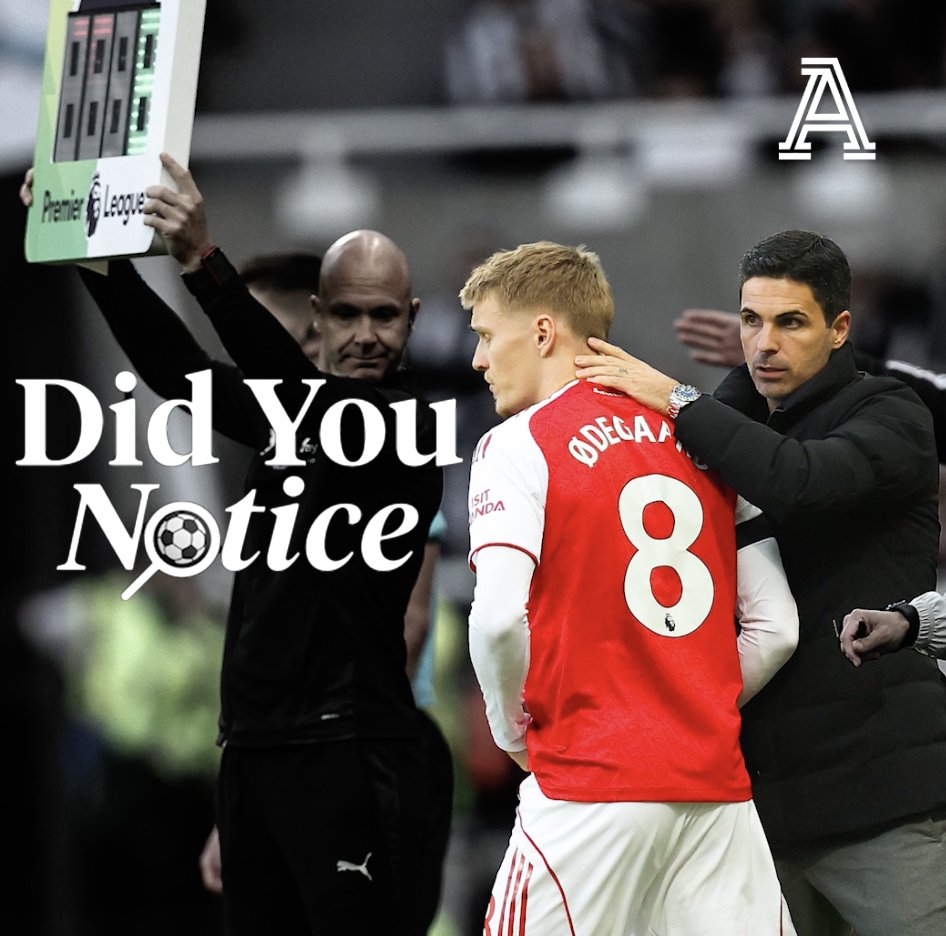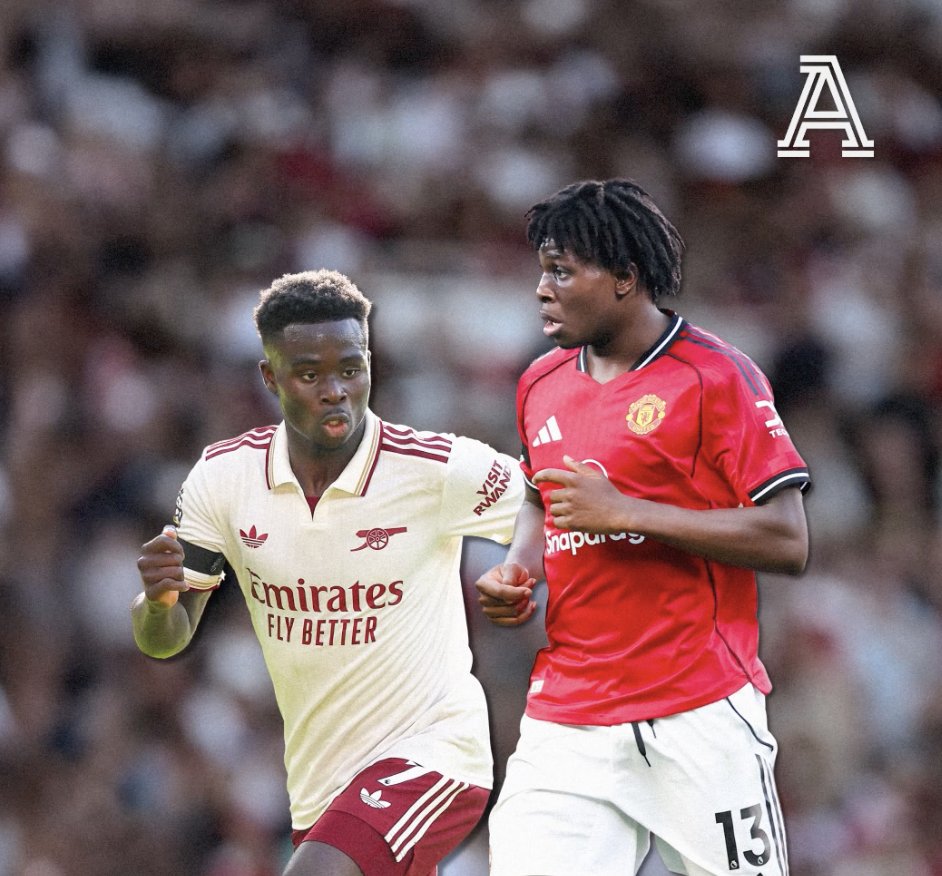It’s Monday… and on Monday’s we notice.
And today we have a real treat because #DidYouNotice we got a masterclass from Pep Guardiola on how to cause problems for Andoni Iraola's famous press…?
And today we have a real treat because #DidYouNotice we got a masterclass from Pep Guardiola on how to cause problems for Andoni Iraola's famous press…?

In fact, all three of City’s goals came from them exploiting this press to some degree or another...
Let’s start by talking about Iraola’s press, then.
Since arriving in the Premier League, Andoni Iraola has used a form of hybrid pressing to prevent opponents from progressing the ball.
Since arriving in the Premier League, Andoni Iraola has used a form of hybrid pressing to prevent opponents from progressing the ball.
When we say ‘hybrid’ pressing, we mean that Bournemouth move between two different approaches to pressing: a zonal approach and a man-oriented approach. 



Zonal approaches are especially effective when it comes to covering space.
The problem is that to cover the whole pitch zonally is unrealistic and so either you use big distances between your players and get played through or you use small distances and allow the opponent to possess the ball relatively unpressured in the first line of their build up. 



To prevent this from becoming an issue, you might go for a more man-oriented approach which means you put the opposition under pressure in their build up. But when you go man-to-man it’s quite easy to be manipulated by your opponents so that your defensive structure collapses.
A hybrid approach tries to get the best out of both worlds: using a zonal system to defend around your own goal but then jumping into man-to-man phases when the opponent are in certain stages in their build up.
To do this, Bournemouth generally trigger a series of jumps in the midfield to make sure they’re man-to-man around the ball carrier. 

But this means that, when their man-to-man press is triggered, they can allow space to open out between their midfield and defensive lines which, if accessed, can lead to them being played through. 

This is exactly what Guardiola looked to target at the weekend.
There is a clear process here:
1) bait the press up
2) access the space that opens up
3) look to isolate Erling Haaland
4) try to find him in space behind
1) bait the press up
2) access the space that opens up
3) look to isolate Erling Haaland
4) try to find him in space behind
To do this, Guardiola got his wingers to come inside to access the space that opened out when the Bournemouth man-to-man press was triggered. 

Which posed the Bournemouth full backs a question: should they track their players inside or not?
At first, they tried to stick with the City wingers but this meant that City could pin the Bournemouth wingers, keeping them away from the goal if the ball was turned over. 

But very quickly, they switched things up with the full backs trying to stay in touch with City full backs which allowed the City wingers to find pockets of space between the lines. 

To deal with this, Bournemouth would jump their centre backs up. But this would leave Haaland 1v1 against a centreback. 



And whenever they did, a City player would be ready to attack the space left behind by the centre back. 

By overloading this space between the lines, then, City were able to find free players between the lines who could then try to find a teammate (usually Haaland because obviously) in behind.
As a result of these sorts of situations, City were able to completely rip through Bournemouth, generating most of their xG and all four of their big chances in the first half. 

Unsurprisingly, Iraola changed things up in the second half, going back to using his full backs to track the winger more closely to prevent these central overloads and Haaland from being isolated. 

But this created a very different problem. Because now, with Bournemouth’s wingers having to cover inside as well as wide, the City full backs were able to generate separation from their opponent with a lot of space to run into. 





Interestingly, there were shades of the fixture between these two sides in the knockout stages of the FA Cup last season, where Nico O’Reilly was also able to cause a lot of problems for Bournemouth from full back.
No doubt, Iraola’s reticence to track the wingers narrow in this game came precisely from that last fixture…
…which suggests that, at least in the current iteration, Guardiola has cracked Iraola’s famous press. Because either way - whether you track the full backs or not - he can find ways of creating tensions in the defensive structure.
Obviously, the system in the second half was much safer (even taking game state into consideration).
In allowing the weaknesses to exist in the wide areas around the full backs rather than centrally, Bournemouth were able to prevent City the opportunity to generate massive chances for Haaland.
And in the end, this is a good explanation for why a lot of teams now have their own full backs jumping massive distances in their hybrid presses: because they would rather allow weaknesses in wide areas rather than in the middle of their defensive structures.
So in the game between City and Bournemouth, we get a nice example of the way that modern hybrid presses have evolved in recent years.
But it does raise a question as to whether Iraola needs to evolve his own press with Bournemouth. Or whether we’ll start seeing other teams using these sorts of ideas that Guardiola has been using to render them a little less fearsome than they have been.
If you prefer your content videoish then:
• • •
Missing some Tweet in this thread? You can try to
force a refresh





















